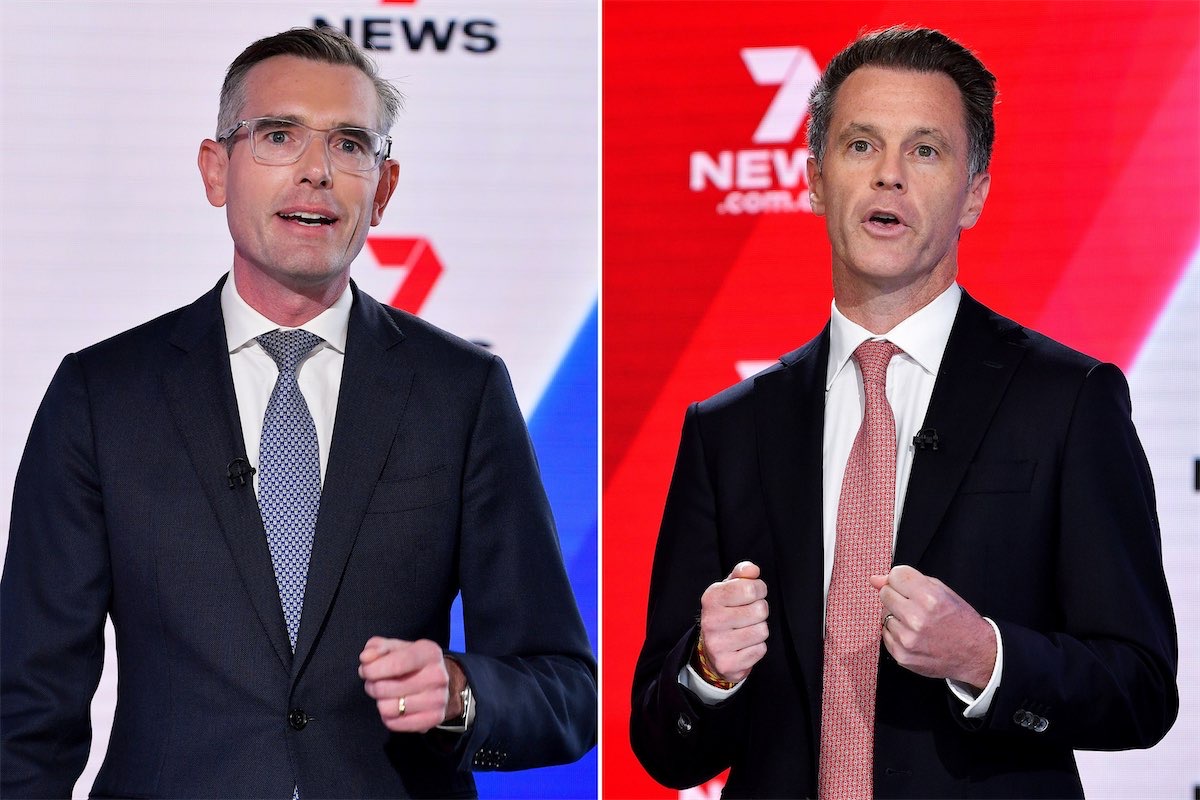
NSW election preview: Labor likely to fall short of a majority, which could result in hung parliament, says election analyst ADRIAN BEAUMONT.
The NSW state election will be held on March 25. At the March 2019 NSW election, the Coalition won 48 of the 93 lower house seats, Labor had 36 and the Greens, the Shooters and independents took three seats each. At a February 2022 byelection, Labor gained Bega from the Liberals.
Ignoring defections, the Coalition begins with 47 of the 93 seats and Labor 37. So, a single net seat loss for the Coalition would be enough for it to lose its majority, but Labor needs to gain 10 seats to win its own majority.
The Coalition won the 2019 election by a 52-48 per cent statewide margin, so the polls taken in late February that gave Labor between 52 per cent and 53 per cent of the statewide, two-party vote imply a 4-5 per cent swing to Labor from 2019.
On the pendulum, the Coalition holds seven seats by margins of between 5 per cent and 7.3 per cent against Labor, and only four seats by under 3.1 per cent. So, for Labor to win a majority, it would probably need those four seats and six of the seven held by between 5 per cent and 7.3 per cent.
On current polling, Labor is unlikely to make the gains it needs to secure its own majority, so there’s a strong likelihood of a hung parliament.
Unlike other Australian jurisdictions, NSW uses optional preferential voting for its lower house elections. Voters are required only to number one candidate for a formal vote, instead of needing to sequentially number all the boxes. If they choose, though, voters can continue to number beyond a first preference.
When votes do not reach the final two candidates for a seat, they are said to “exhaust”. At the 2019 election, ABC election analyst Antony Green said, 53 per cent of the total votes that were not for the major parties did not preference either Labor or the Coalition.
The Greens had a lower exhaust rate than for all minor parties, with 53 per cent going to Labor, 40 per cent exhausting and 8 per cent to the Coalition. The exhaust rate was high for minor right-wing parties, with 67 per cent of Shooters and 71 per cent of One Nation preferences exhausting.
Owing to this large exhaust rate, primary votes are more important in NSW than in compulsory preferential elections, as exhausted votes make it harder for the trailing party to overtake the party in the lead.
Green said there are 562 total lower house candidates at this election, down slightly from 568 in 2019. This is an average of six candidates a seat.
The Coalition, Labor and Greens will contest all 93 seats, Sustainable Australia 82, Animal Justice 33, Legalise Cannabis 23, the Shooters 20, One Nation 17 and the Liberal Democrats 17. It will help the Coalition that One Nation is contesting only 17 seats given their high exhaust rate in 2019.
Redbridge seat polls conducted February 27 to March 2 from a combined sample of 1250 people gave Labor a 54-46 per cent lead in Parramatta (held by the Liberals on a 6.5 per cent margin). The Liberals, however, retained a 51-49 per cent lead in Penrith (held by the Liberals on 0.6 per cent margin).
A Freshwater poll for “The Financial Review” of Riverstone (held by the Liberals on a 6.2 per cent margin) gave Labor a 54-46 per cent lead.
Seat polls can be accurate, but are often wrong. Statewide or national polls are far more reliable.
What about the upper house?
The NSW upper house has 42 members, with 21 up for election every four years, so members serve eight-year terms. The Coalition has 17 seats, Labor 14, the Greens three and One Nation, the Shooters, Animal Justice and independents hold two seats each.
One of the independents is a former Green. The other is former Christian Democrat and long-time upper house member Fred Nile. Both face re-election this year.
The upper house members who were last elected in 2015 will be the ones up for election this year. At that election, the Coalition won nine of the 21 seats up for election, Labor seven, the Greens two and the Shooters, Christian Democrats and Animal Justice one each.
Right-wing parties (the Coalition, One Nation, Shooters and Christian Democrats) currently have a 22-20 upper house majority over left-wing parties (Labor, the Greens and Animal Justice).
The right won the seats elected in 2015 by an 11-10 margin, so the left needs a two-seat gain, or a 12-9 margin at this election, to gain control of the upper house.
All 21 seats are elected by statewide proportional representation with preferences, so a quota for election is 1/22 of the vote, or 4.5 per cent. As above-the-line preferences are optional, half a quota, or 2.3 per cent, on primary votes gives a candidate a good chance of being elected.
With Labor’s current modest lead in the statewide lower house polls, the left is most likely to win 11 of the 21 seats up for election. That would give the left a one-seat gain, but the upper house would be tied at a 21-21 left-right split.
To get an above-the-line box, at least 15 candidates need to nominate for a party. At this election Green said six of the 21 groups will not get an above-the-line box as they failed to meet this requirement.
Only people who vote below the line and fill out at least 15 preferences will be able to vote for these groups. As a result, these groups have no chance of anybody being elected.![]()
Adrian Beaumont, Election Analyst (Psephologist) at The Conversation; and Honorary Associate, School of Mathematics and Statistics, The University of Melbourne. This article is republished from The Conversation.
Who can be trusted?
In a world of spin and confusion, there’s never been a more important time to support independent journalism in Canberra.
If you trust our work online and want to enforce the power of independent voices, I invite you to make a small contribution.
Every dollar of support is invested back into our journalism to help keep citynews.com.au strong and free.
Thank you,
Ian Meikle, editor
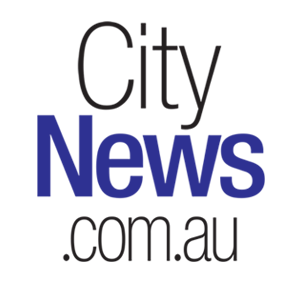
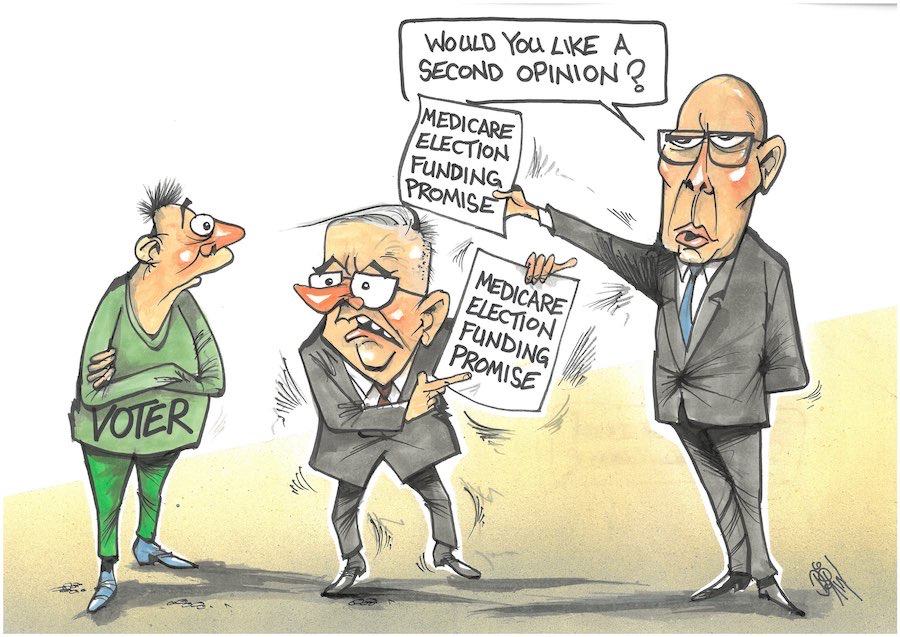
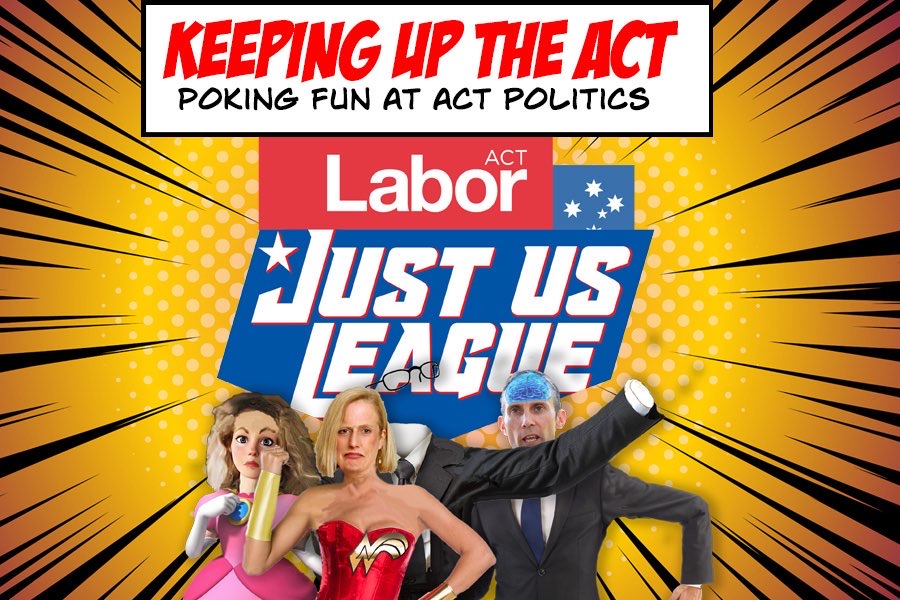
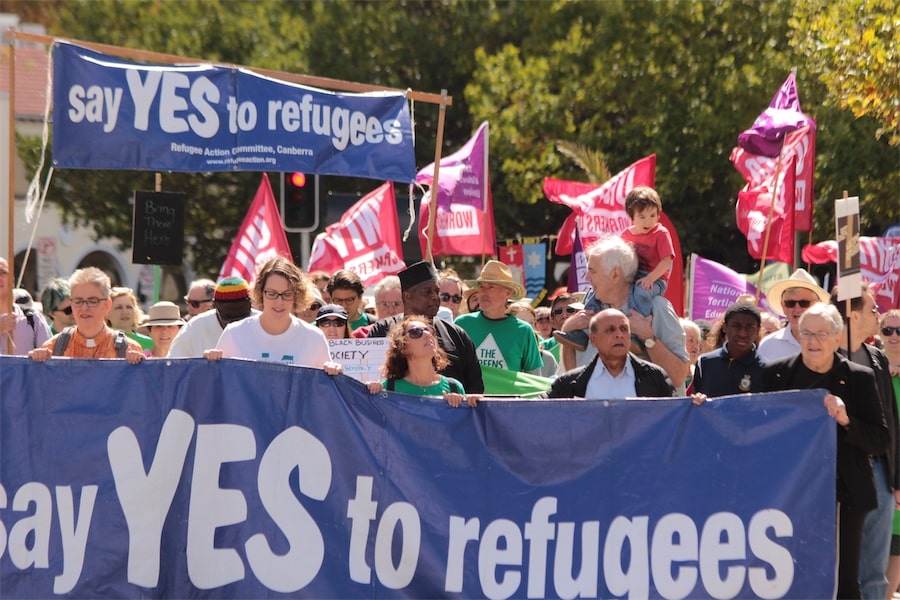





Leave a Reply